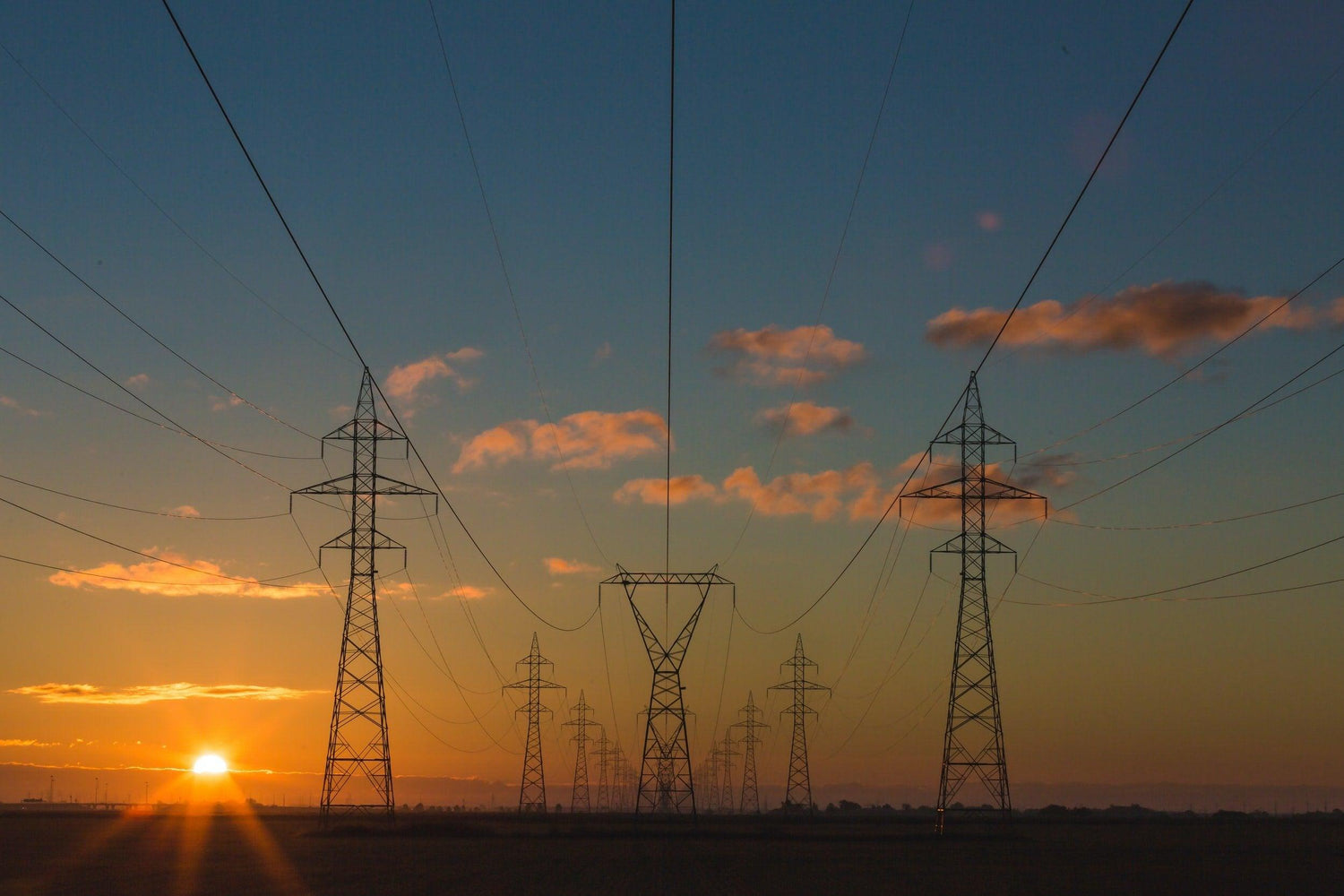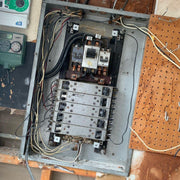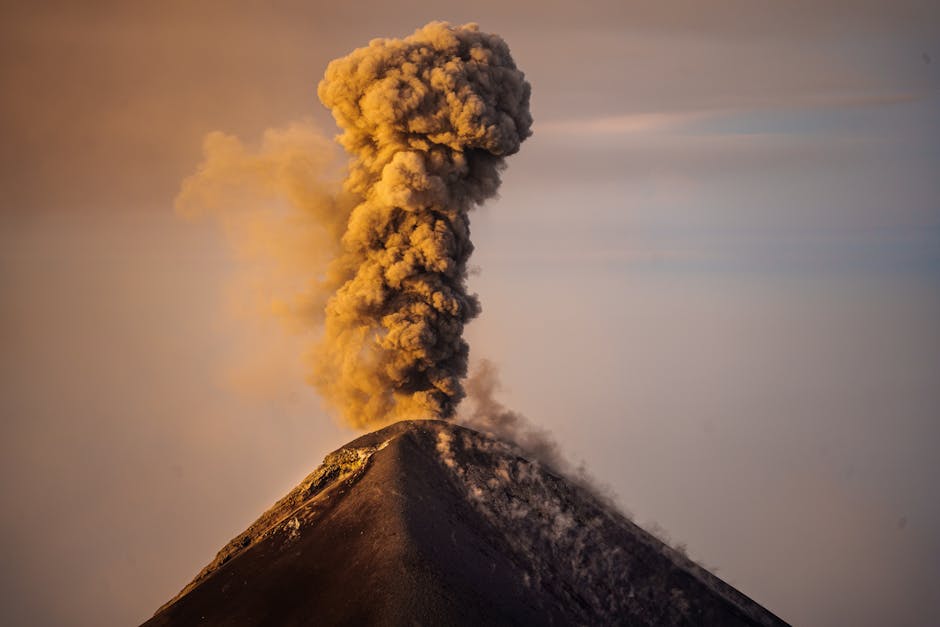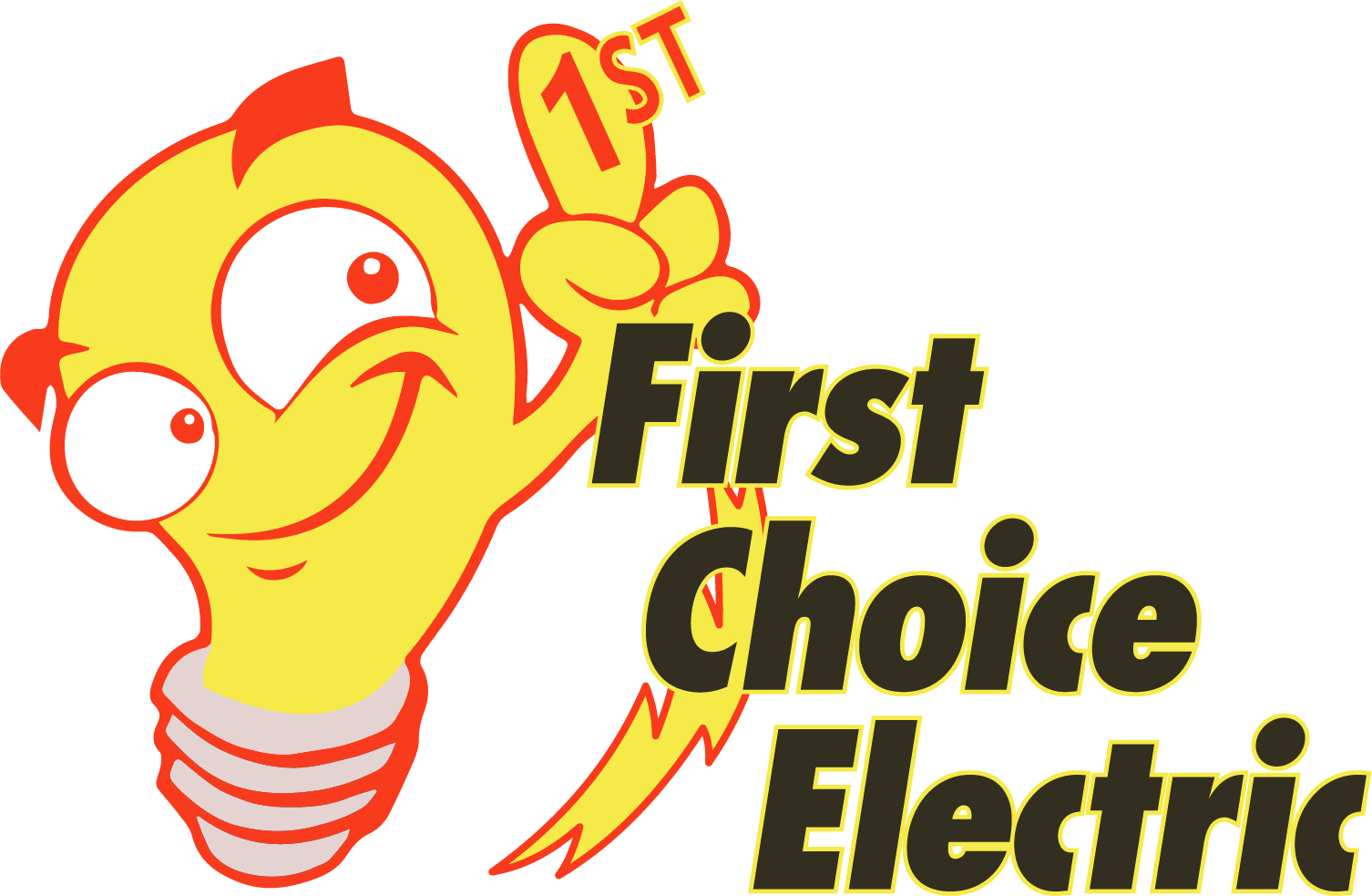Power Providers & Utilities
This article will explain how electricity gets from your local Power Providers—(e.g., Ameren and Cuivre River Co-op in Eastern Missouri). Establishing a better sense of "the big picture" and how you're a part of the electrical system. It also helps you work effectively with the utility companies' employees when resolving service entrance and critical load issues.
For example, if you need to install a service-entrance transformer, what should the primary voltage be? Will the facility's total load require a different local step-down transformer? Do load conditions require a substation? The ability to answer such questions can significantly influence the quality and reliability of the installation you receive.
The Flow of Current
Electrons leaving a power supply are always trying to return to the same power supply. This concept contradicts the popular misconception that the current is trying to always go into the earth. For example, applying an alternating current to the primary of a transformer induces a voltage in the secondary. Causing electrons to leave one end of the transformer's secondary, travel over the circuit's conductors through the load, and return over the remaining circuit's conductors to the other end of the transformer's secondary.
Utility Neutral Current Path
Power Providers ground the utilities' primary and secondary neutral conductors to the earth at multiple locations. Grounding creates parallel paths, reducing the return neutral current path's ac resistance (impedance). Creating a multipoint grounded neutral to help minimize primary utility neutral voltage drop. In addition, it assists in clearing line-to-neutral/ ground utility faults and reducing elevated line-to-neutral voltage caused by line-to-neutral/ground faults.
Utility Ground-Fault Current Path
Metal parts of electric utility equipment (e.g., transformer and capacitor cases, guy wires, roadway lighting) get bonded to the utility neutral, which is grounded to the earth—providing a low-impedance (ac resistance) path to the power supply to clear a line-to-case fault.
Generating Plants
The electrical system begins at a generating plant. Then, it converts energy from fossil fuels (coal or oil), water, wind power, or nuclear power to steam, which turns the turbine into an electric generator. Typically, a steam turbine is directly connected to an electrical generator, producing 13.80 kV, three-phase power.
Step-Up Substation at Generating Plant
The most economical way to transfer electrical power over long distances is with high voltage. For a given power, the current decreases directly to the increase in voltage level. Thus, conductor voltage drop and power losses (wasted energy) are lower when transferring power over great distances. Step-up substations located at the generating facilities transform the 13.80 kV generator output to 69 kV, 500 kV, or even higher.
Transmission Line
High-voltage transmission lines carry the 69 kV or higher voltage from the generating plant step-up substation to various step-down substations. In addition, high-voltage transmission lines often are connected to transmission lines from other generating plants. This connecting high-voltage lines transmission is an "interconnected system" or an "electrical power grid."
Step-Down Substation
Step-down substations reduce the voltage from the high-voltage transmission lines to 34.50 kV, 14.40 kV, or sometimes as low as 4,160V. This reduced voltage is known as "primary distribution voltage."
Primary Distribution Feeders
Distribution feeders transfer the primary distribution voltage to distribution transformers, often mounted on poles or the ground (pad-mounted) next to buildings. Distribution Transformers reduce the primary distribution voltage from 34.50 kV or 13.80 kV to secondary distribution voltage, such as 120/208V, 120/240V, or 480V.
Secondary Distribution Line
Power is transferred from the utility's distribution transformer to the customer via an overhead service drop or underground service lateral. Overhead service-drop conductors are typically installed and maintained by the electric utility power company. In contrast, underground service-lateral conductors are installed and maintained by the customer.













